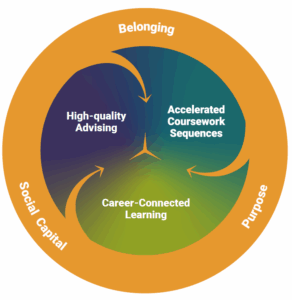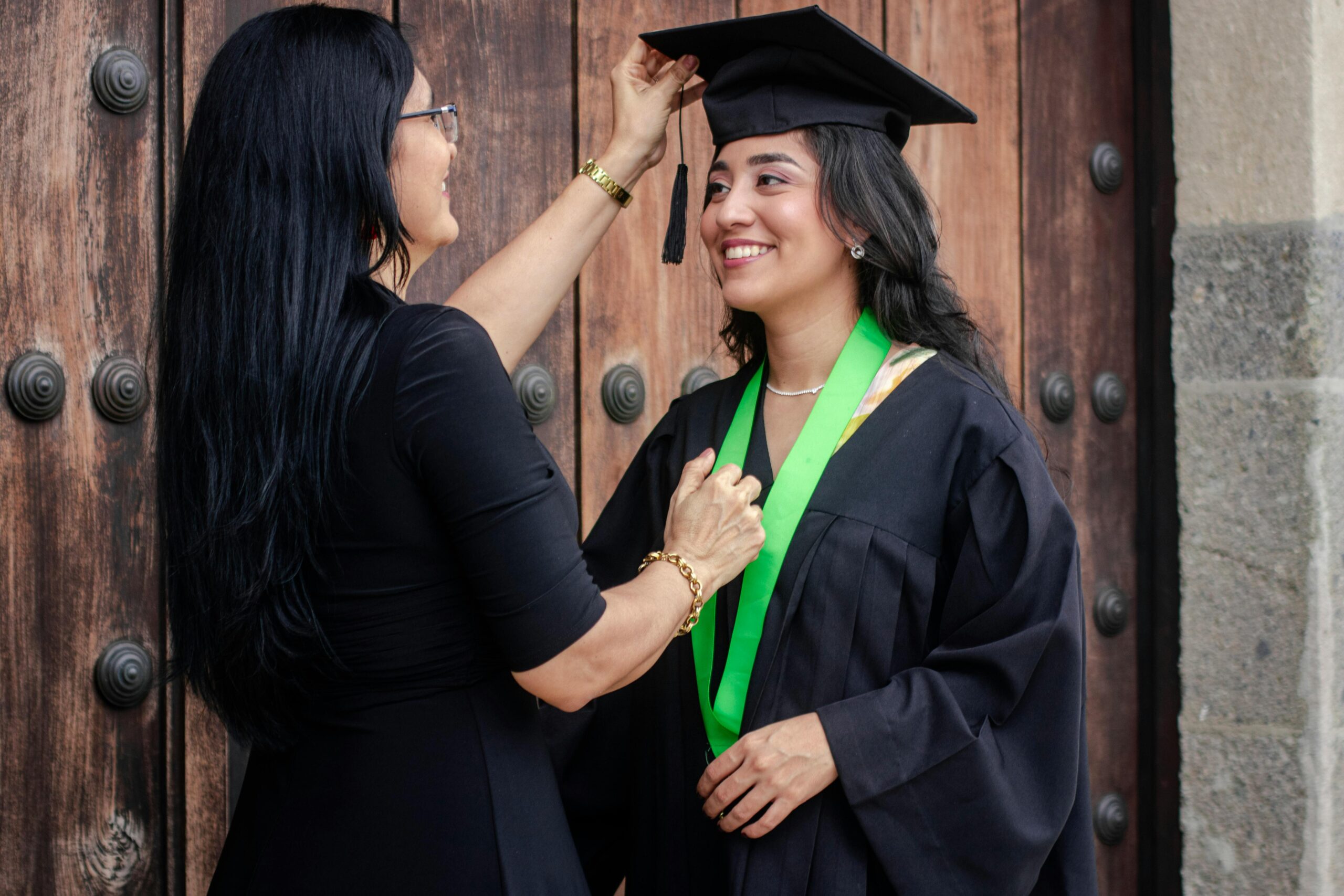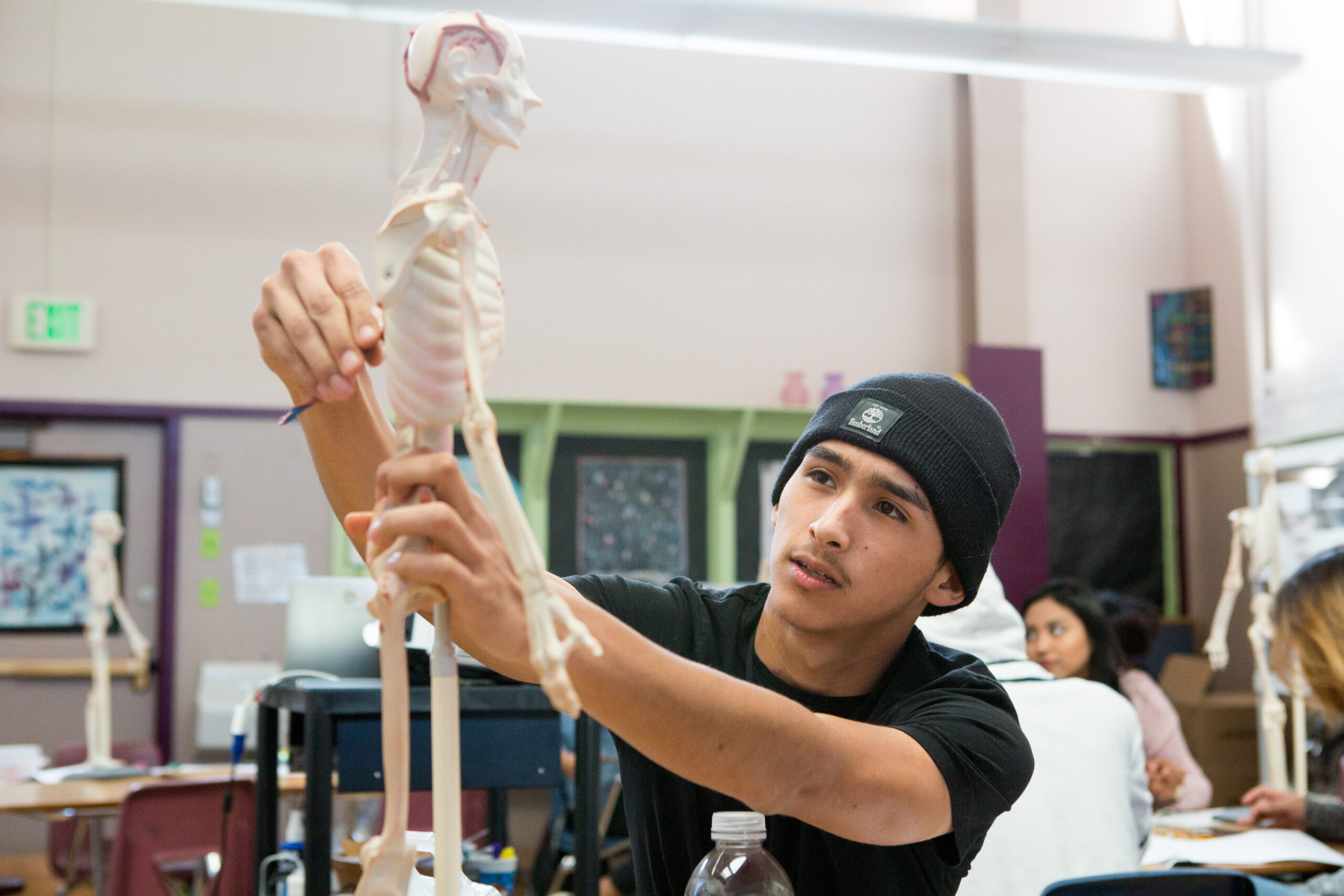
To drive impact for students, these purposeful pathways must
also cultivate critical mindsets, durable skills, and:
We are focusing on purpose because young people tell us they want more than just a career plan; they want to be on a path that is both easily navigable and meaningful. They want to understand their options, develop agency and purpose, and be connected to trusted adults and systems that support their next steps as they make critical decisions about their futures.
We will connect and build upon existing research about pathways experiences, as well as the system conditions and practices needed to deliver them. The Commission’s report and framework will use common language to demystify how pathways experiences can be integrated to provide a coherent student experience and facilitate stronger collaboration across key groups who must partner to bring this to fruition.
We will offer concrete advice to education leaders at all levels about how to take the next step to improve the pathways experiences they provide to students, so that they lead to better and more equitable outcomes for young people. Our intended audiences are: K12 leaders, higher education leaders, employers, industry leaders, intermediary organizations that connect education and workforce systems, and policymakers. Our work will also inform the strategy of a new organization, the Pathways Impact Fund, which will mobilize increased funding for regional intermediaries and help organizations understand and deliver the experiences defined by the Commission.
The Commission, which includes both youth and adult members, views the components that make up these pathways experiences through the lens of how students experience them. We understand that creating a unified experience for students may require significant changes to the many separate, adult-run structures that facilitate these experiences.


Research has confirmed that the following experiences help put students on a path to success: robust high-quality advising; dual enrollment and other opportunities to take college courses early; and exposure to real work and careers. These experiences expose students to potential programs of study and careers, give students a boost of momentum (and, ideally, a head start on a credential) through success in college coursework, help students make critical connections with caring adults as well as individuals in their fields of interest, and build durable skills (critical thinking, relationship-building, creative problem-solving) that will remain essential in any future economy.
All high school students should have high-quality pathways experiences…
These experiences include:
• high-quality advising,
• accelerated coursework sequences,
• career-connected learning, and across these foster students’ sense of belonging, purpose and networks of social capital.
…which help connect students to high-quality postsecondary pathways…
High-quality pathways are defined by their ability to connect young people to credentials of value and include (but aren’t limited to) two and four-year degrees and credentials, the military, and apprenticeships.
…and empower students to build the lives they envision.
Students tell us they want economic mobility, security, and connection to purpose.
